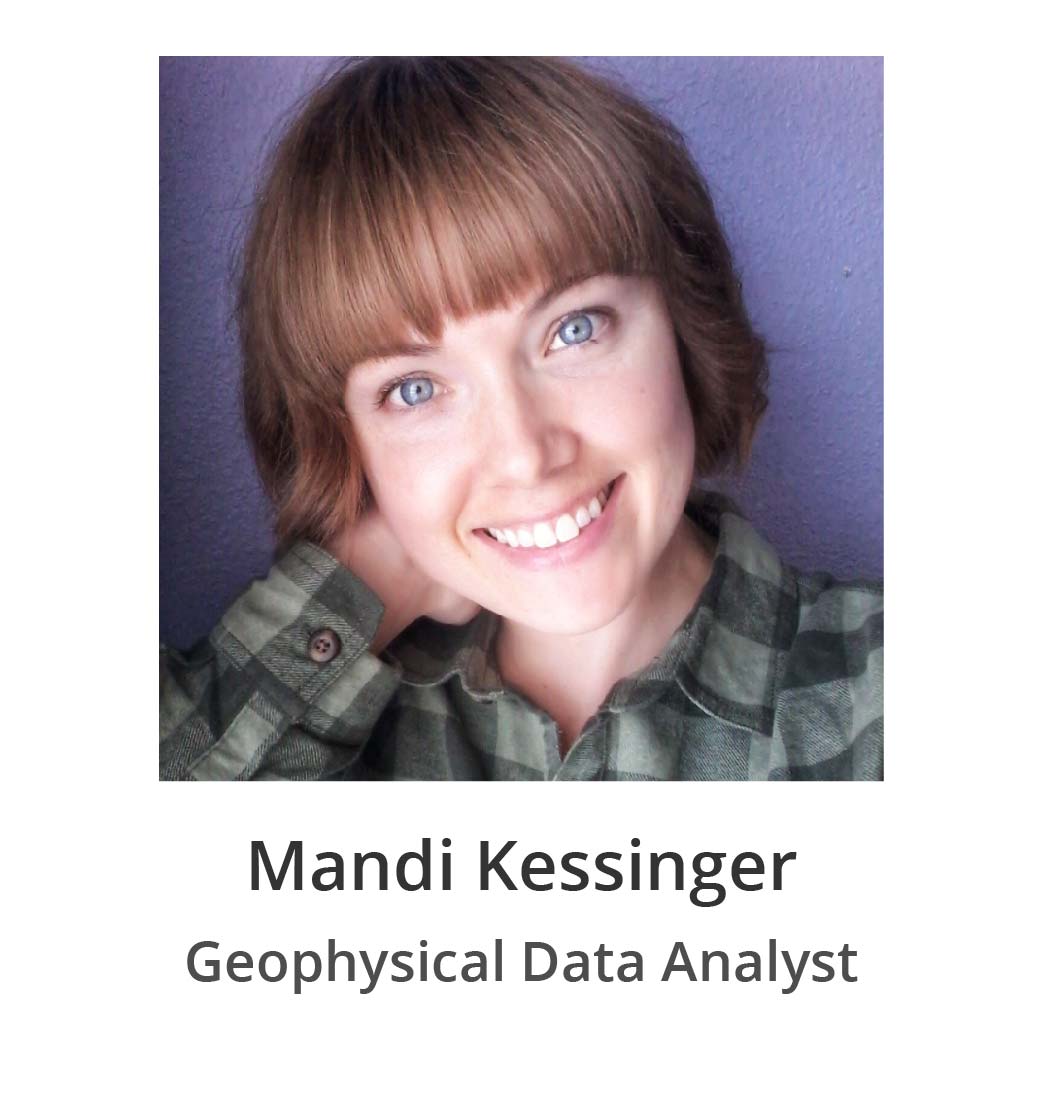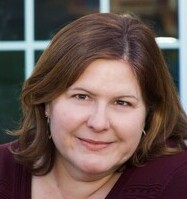Featured Profiles
Join us as we learn more about these accomplished women and the paths that led each of them into successful careers in STEM
Hillary Weber, P.G.
1. What is your STEM area of expertise? Where did you study?
By degree and license, I am a Geologist but in reality I am a generalist, love just about anything to do with the sciences, all things technology, engineering and even math (maybe not partial derivatives). I’ve studied on the east coast at Boston University, spent a Summer in Ireland learning field work and then capped off my education with master’s work at the Missouri University of Science and Technology.
2. How might you describe your work to young women?
When describing my job to young women I usually say that I work to solve man-made problems in nature caused by past activities that no one knew were bad for the environment and for our own health.
3. Why did you choose your STEM field? Was there a particular moment when you realized this was what you wanted to do?
In grade school I loved every day that included a science but science at that time was an elective. By the time I reached college I realized I wanted the professional options that a science degree would give me. As the first in my family to go to college the actual path from science degree to a career was still a mystery. Only in Grad School when I lucked into learning from two professors who had left consulting to teach did I finally understand that there was a path to work that was not collegiate research. Once I had that path, I bolted toward it. School was fun but I was ready to try my hand at a career.
4. Have there been any women in your life and career who inspired or guided you to pursue a career in STEM?
There was one woman in my undergraduate program, Dr. Carol Simpson, she was the chair of the Earth Science department at my university. The balance of professors in the department were all men. Her ability to be female, brilliant, and a respected leader was uncommon at the time and continues to be my inspiration today.
5. What do you enjoy most about your career in STEM?
Every day I get to solve a problem. Every day I get the latitude to ask the question, “What, if anything, needs to change?” The freedom to wonder and incite change is what I enjoy most about my career.
6. What have been your biggest challenges?
Early in my career I was challenged to learn to be comfortable with asking questions and pushing back on ideas when more discussion is warranted.
7. What advice would you offer young women who are considering their own potential future in STEM?
There are so many ways to learn more about potential futures in STEM, read up on what part of STEM is most interesting to you and try a workshop or camp program or shadowing program in that area to get a feel for what you are considering. STEM education is not always easy, but perseverance will win the day.
8. Finally, what about your current job gets you most excited to start your work day?
I have the privilege every day of being a sounding board, advisor, and leader to an amazing group of professionals. Their collective intelligence challenges me to find all the ways we can work together to improve the environment and provide best in class consulting to our clients. I have never been more excited to take on that challenge each day.
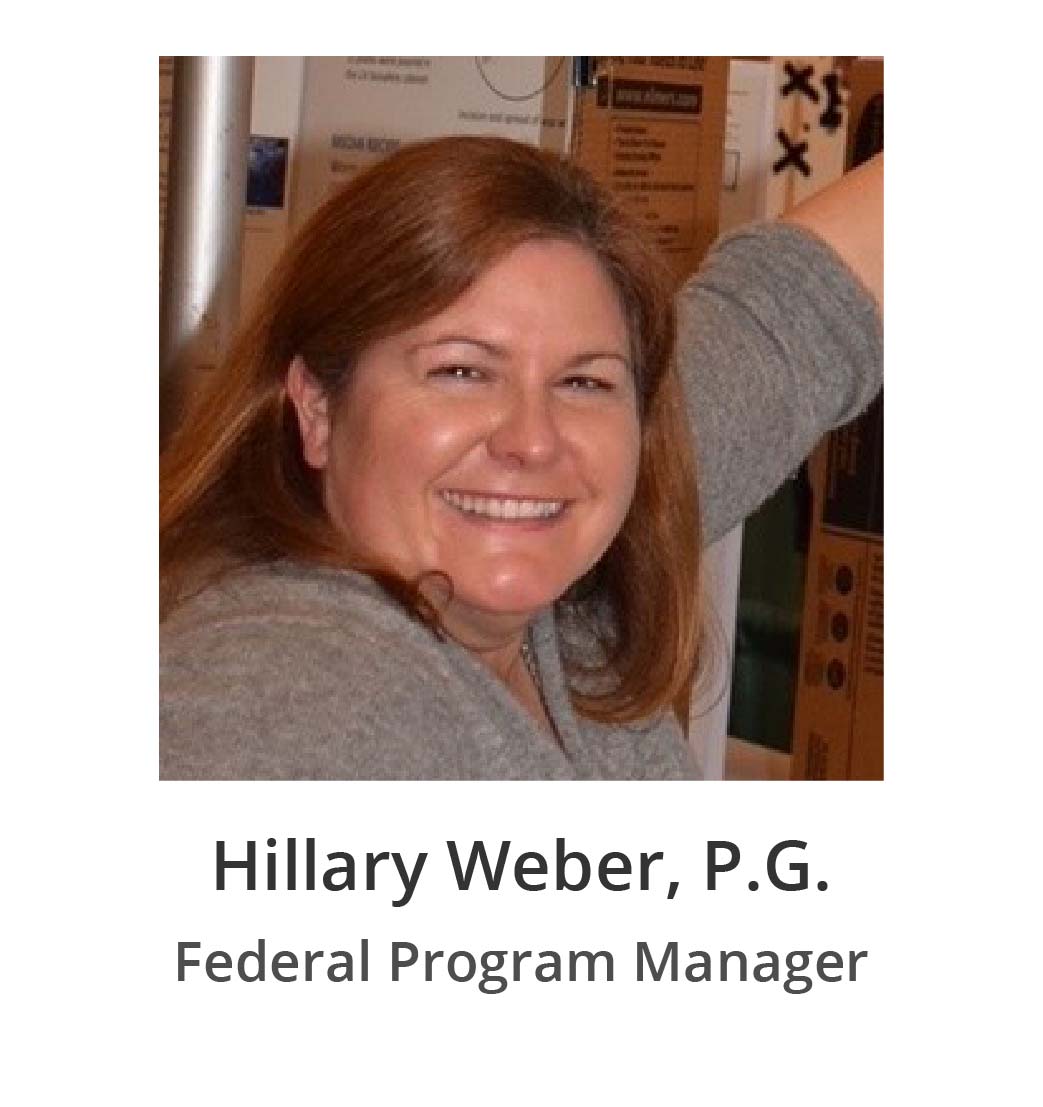
Jonna Bjelland, P.E.
1. What is your STEM area of expertise? Where did you study?
My area is Engineering and Science. I graduated from Loyola University in Chicago with a degree in Environmental Science. I received my master’s degree from University of Minnesota in Civil Engineering, specializing in Environmental Engineering.
2. How might you describe your work to young women?
I wear a lot of hats at Bay West, which includes project management, engineering design, compliance work, team lead and so many other roles. The first thing that I usually talk about would be the remediation systems that I manage. My work helps ensure that groundwater treatment systems are effectively operating to clean up contamination and to protect people and the environment.
3. Why did you choose your STEM field? Was there a particular moment when you realized this was what you wanted to do?
I have always been passionate about the environment, but in high school I took a course called environmental science. I loved that class because I was learning about the environment, why we should protect it and how we can protect it. That’s when I decided I would make that my career. It wasn’t until I was close to graduating from college that I realized that I wanted to be on the engineering side of environmental protection. Having the engineering background gave me the opportunity to design and implement the changes I hope to see in our environment.
4. Have there been any women in your life and career who inspired or guided you to pursue a career in STEM?
My high school environmental science course was taught by a woman who absolutely inspired me to pursue a career in this field.
5. What do you enjoy most about your career in STEM?
I enjoy the constant challenges. This is a job that’s dynamic and changing all the time, whether it is working on new projects that come in the door, or it’s responding to system issues. I am faced with challenges that I get to solve, and feel confident that I am making a difference.
6. What have been your biggest challenges?
Having confidence in myself. Sometimes it’s hard to feel confident in your own voice, particularly when it’s a field that’s predominantly men. As I have gotten more experience over the years, those worries have definitely subsided a lot. Having a strong team supporting me definitely helps too.
7. Have there been any surprises along the way?
Changing my career path from being science-based to engineering-based after graduating college was a surprise and a big leap of faith. I had to work really hard to catch up on engineering courses to be able to enroll and succeed in a masters engineering program. It was exhausting and a tough couple of years, but 100% worth it.
8. What advice would you offer young women who are considering their own potential future in STEM?
Follow your passion even through the hard work; you will never regret it.
9. Finally, what about your current job gets you most excited to start your workday?
Helping to protect people and the environment.
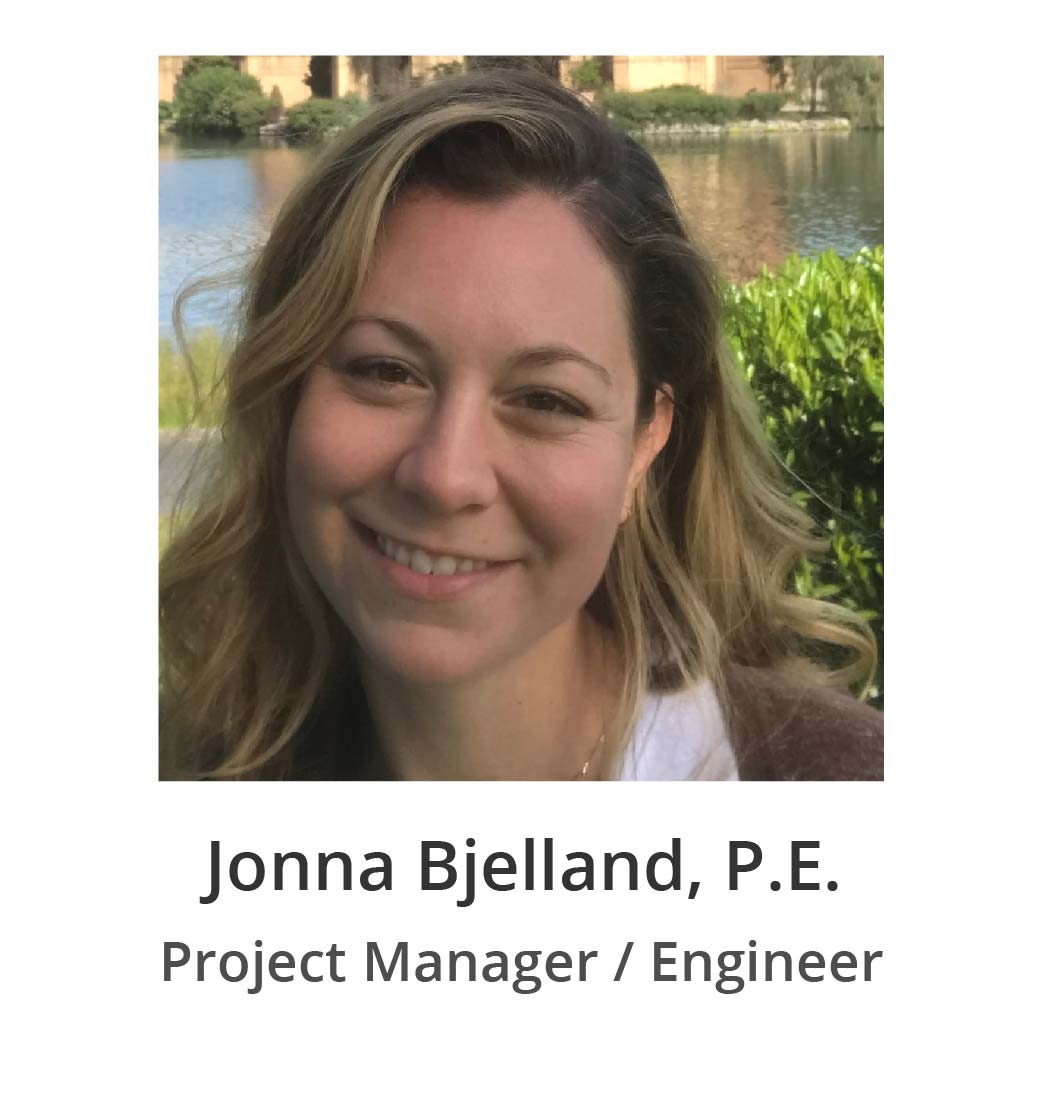
Wendy Tindall, CPEA
1. What is your STEM area of expertise? Where did you study?
Science, Geology and Environmental Science. Whitman College and University of Wisconsin Green Bay.
2. How might you describe your work to young women?
Problem solver and making sure people follow the rules.
3. Why did you choose your STEM field? Was there a particular moment when you realized this was what you wanted to do?
I always was comfortable with Science and it made sense to me. While in college, I was not cutting it in Biology and I decided to change to Geology and combine it with Environmental Studies, which was a new field at the time. Geology made sense to me and I liked learning about the earth and its processes. Also, when my grades went up and I felt like I understood the material, I knew it was something I would be interested in for life. I further pursued Environmental Science with a Masters degree in Environmental Science and Policy. Further pursuit of environmental science and policy made me realize that environmental compliance would be my career.
4. Have there been any women in your life and career who inspired or guided you to pursue a career in STEM?
Of course. My mother, of course, and the woman who helped me with my Master’s thesis at the Wisconsin DOT. She made me see that there were careers in the environmental science field that would make a difference.
5. What do you enjoy most about your career in STEM?
Being able to solve real problems for clients that cannot do it themselves. Knowing the science and the regulations helps you stand out, as it is a unique skill set along with engineering, technology, and math.
6. What have been your biggest challenges?
Convincing people that environmental science is important.
7. Have there been any surprises along the way?
Yes, finding consulting and that I can help a variety of clients with different issues that all lead to them doing the right thing.
8. What advice would you offer young women who are considering their own future in STEM?
STEM is going to be very important in the future as most careers will require you to have one or possibly all four of these to be successful. Keep with it!
9. Finally, what about your current job gets you most excited to start your workday?
It is exciting to me each day to see what issues I can help clients solve and get them on the right track.
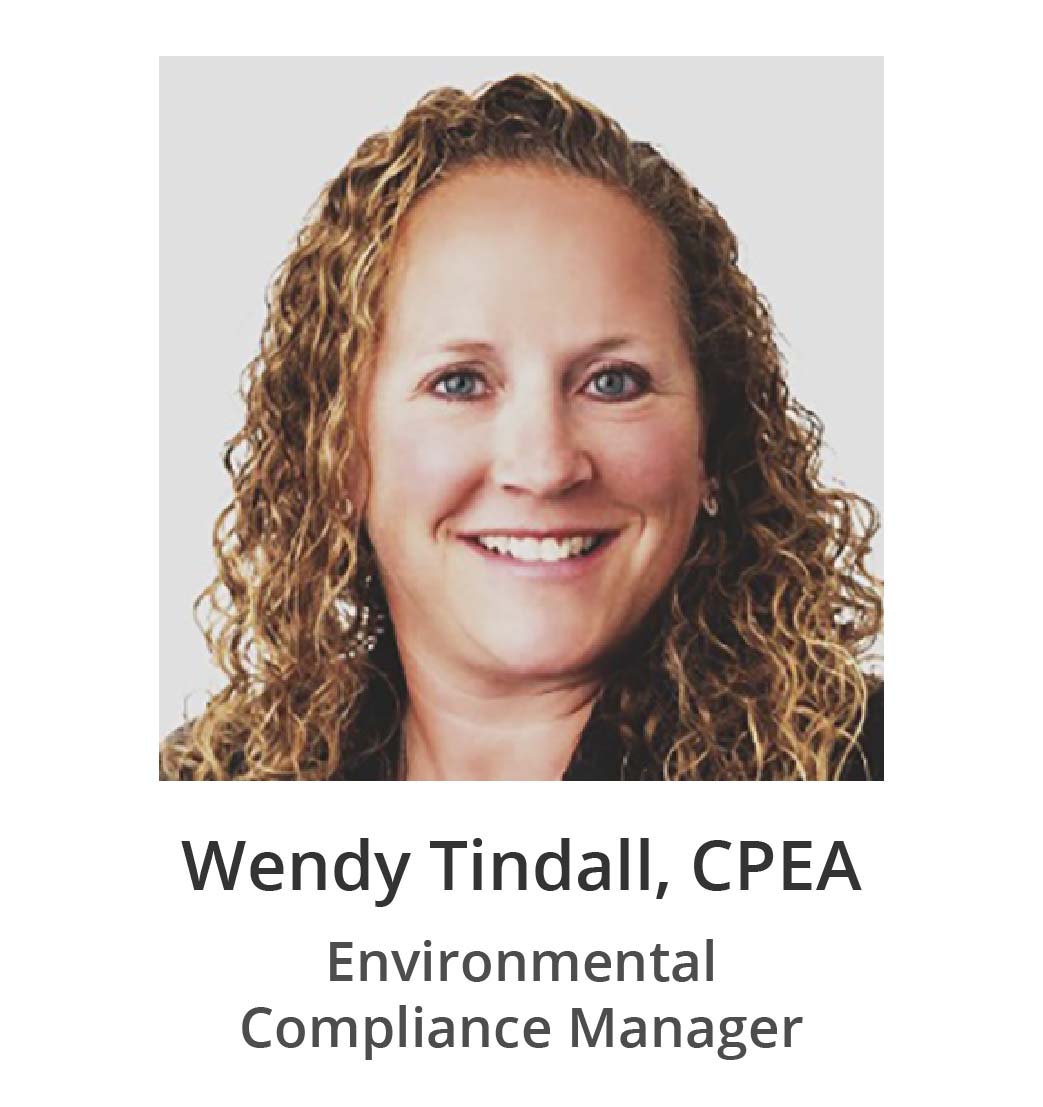
Kelly Giglio
1. What is your STEM area of expertise? Where did you study?
I have my Bachelor of Science in Environmental Science from the University of Wisconsin – River Falls.
2. How might you describe your work to young women?
My work is fun, and I love what I do. I wear a few different hats – Project Manager, Team Leader, and Field Technician – which gives me a variety of tasks and keeps my job interesting on a day-to-day basis. I am constantly problem-solving and trying to find new or better ways to do things.
3. Why did you choose your STEM field? Was there a particular moment when you realized this was what you wanted to do?
I always loved science classes growing up. I also excelled in math and loved problem-solving. I knew going into college that I wanted a career path that had the flexibility of not being at a computer all day and allowed me to be outside. I also wanted a career that would allow me to continue exercising my problem-solving and critical thinking skills. This led me to study my passion – the environment.
4. Have there been any women in your life and career who inspired or guided you to pursue a career in STEM?
My mom. She was the valedictorian of her class in high school, competed in math competitions, and received a full-ride scholarship to college. My mom, while raising 4 kids, also had a full-time career as a Certified Public Accountant. She continues to inspire me to this day.
5. What do you enjoy most about your career in STEM?
I enjoy working with many driven, talented, and knowledgeable individuals who think similarly and have many different great ideas.
6. What have been your biggest challenges?
I was unsure of where I would land a career right out of college. It was an uncertain time with the job market and economy, which did not help. However, with patience and persistence, I was able to get my foot in the door with the best environmental consulting company, Bay West, and here I am six years later loving what I do.
7. Have there been any surprises along the way?
Only positive surprises. After getting my foot in the door at Bay West, the pieces fell into place and Bay West has been amazing at helping nurture my growth to get me where I am today.
8. What advice would you offer young women who are considering their own potential future in STEM?
Find something that is fulfilling and you love doing. Be your own best advocate and do not allow yourself to become complacent.
9. Finally, what about your current job gets you most excited to start your workday?
Without a doubt, the people I work with!
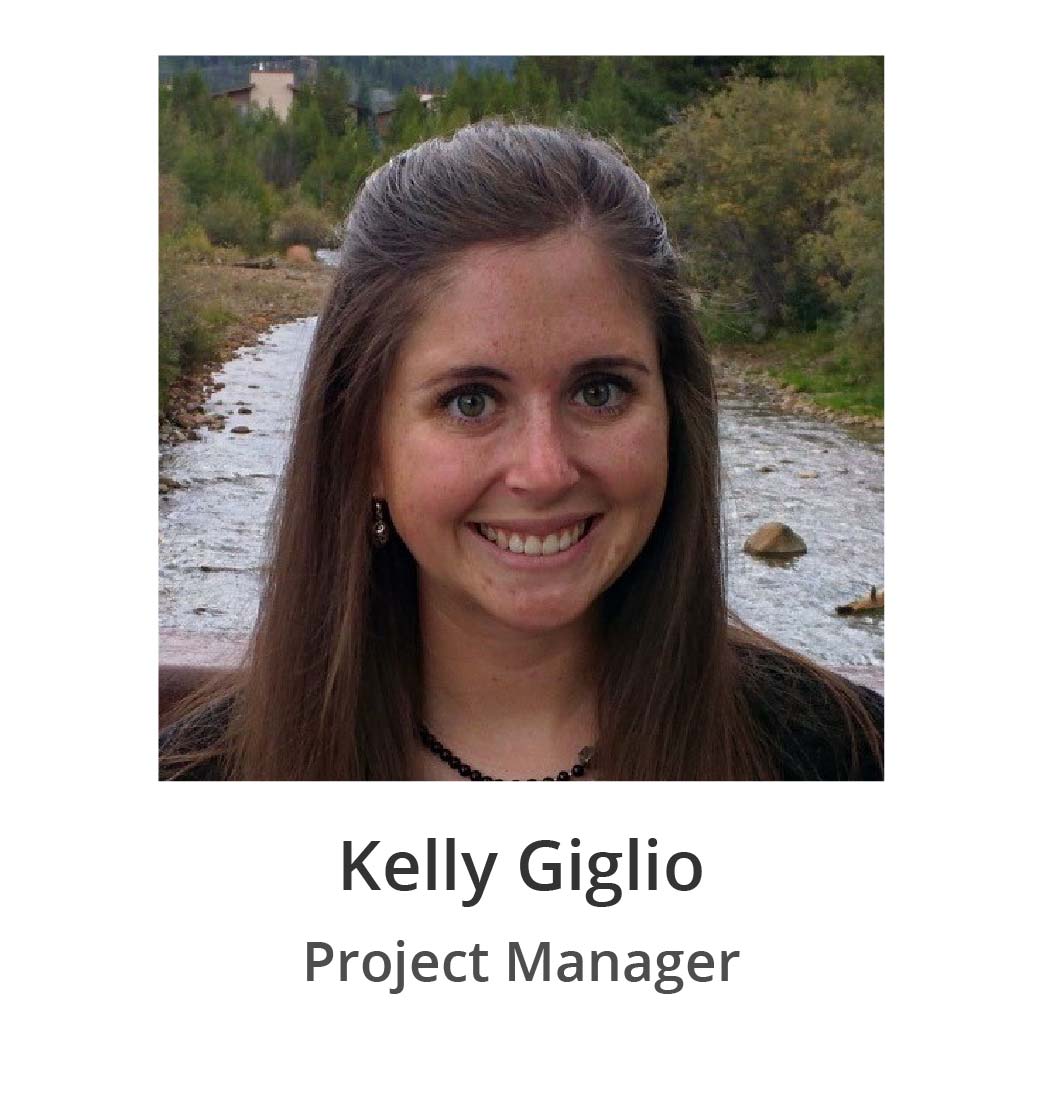
Brenda Winkler, PG
1. What is your STEM area of expertise? Where did you study?
Senior Project Manager, Professional Geologist with Bay West LLC. I studied at the University of Minnesota, Minneapolis.
2. How might you describe your work to young women?
I have had the opportunity to work with companies, regulators, and communities all over the United States, helping them achieve their goals of making our planet a better place to live. Much of my early career I spent working in the Hazardous, Toxic and Radioactive Waste programs, including as a project manager/regulator for 10 years with the state of Minnesota Superfund Program. Over the last 10 years at Bay West I have transitioned into working in the Military Munitions Response Program.
3. Why did you choose your STEM field? Was there a particular moment when you realized this was what you wanted to do?
After my first two years in college, with a lack of direction, a friend, Kate Klieter, suggested I enroll in a geology class. I loved geology and the sciences in general. Field camp in Colorado was amazing and I could not get enough of the western states. It was a world that I was unaware of and found that it was what I was missing in my life.
4. Have there been any women in your life and career who inspired or guided you to pursue a career in STEM?
I am forever thankful to Kate Kleiter for encouraging me to give geology a try. She continued on to get her Master’s degree in Geology and became a very successful businesswoman.
5. What do you enjoy most about your career in STEM?
I love learning every day. If you are open to it, there is always something new to learn and be excited about. It keeps my mind fresh and engaged. I love meeting new people and visiting new places. Every place I have visited has a hidden jewel to explore.
6. What have been your biggest challenges?
Balance. I love the mountains and I love moving my body through them (hiking, skiing, biking). I also teach people to ski/certify them to ski. I currently live in Montana near Glacier National Park and I still have so much to explore. Sitting at a desk and working on reports engages my technical mind as well as gives me the needed rest, but I am always looking for my next adventure. My career has allowed me to achieve a balance that works for me.
7. Have there been any surprises along the way?
That I have such a great life! I have a wonderful husband (32 years and going strong), I live in an amazing place, I work to make our world a better place to live in, and I share my love of skiing with others.
8. What advice would you offer young women who are considering their own potential future in STEM?
Be persistent, explore options, try it out for a time to see if it fits. It is amazing what doors will open if you decide to take a chance. It may not be the right one for you forever, but it could lead to possibilities you never dreamed of.
8. Finally, what about your current job gets you most excited to start your work day?
The people I work with. They are incredible.
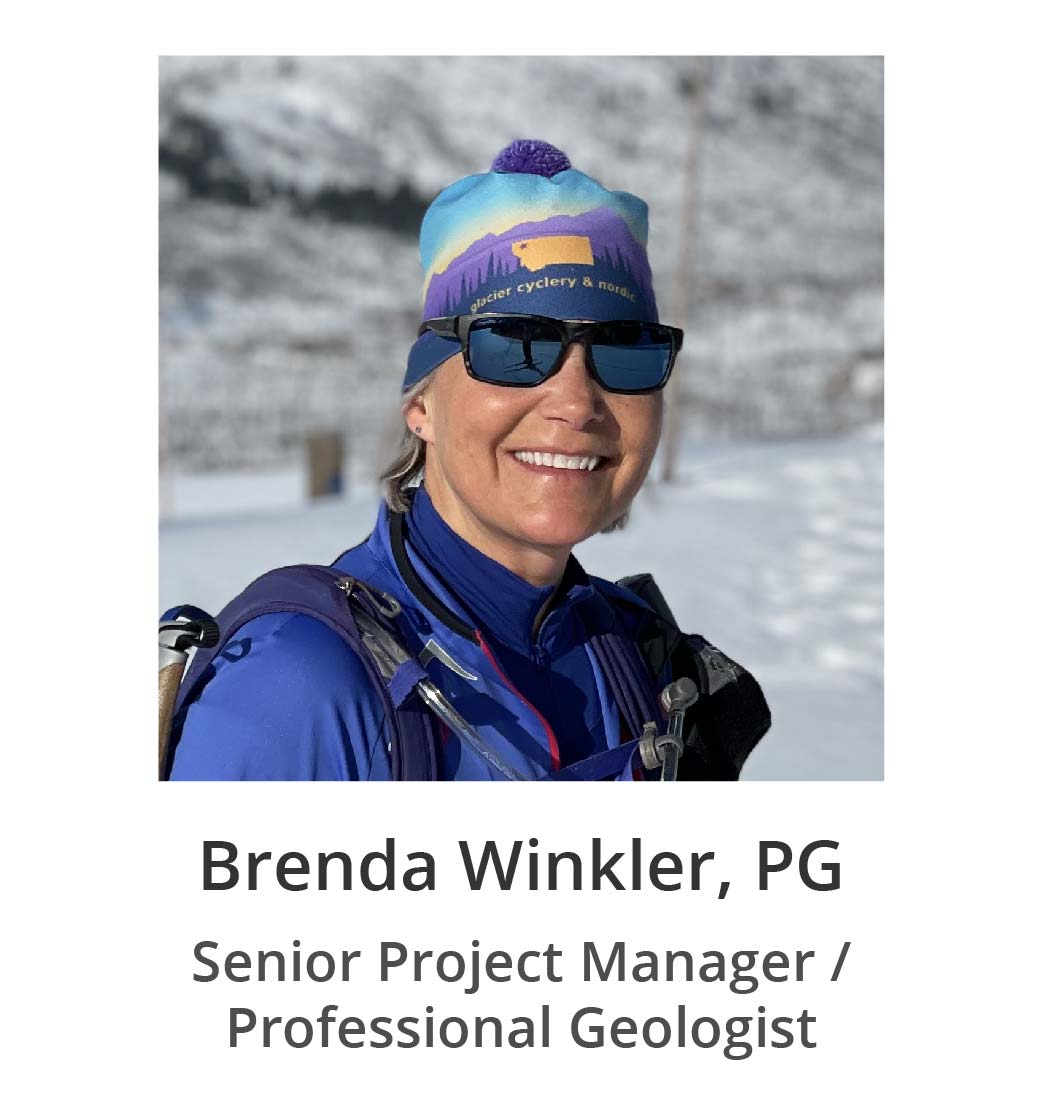
Peggy Churchill
1. What is your STEM area of expertise? Where did you study?
My area of expertise is in environmental science and engineering. I studied at UMass Amherst (undergrad- BS) and Colorado School of Mines (MS graduate).
2. How might you describe your work to young women?
I manage projects for our federal clients, like the Navy. We sample soil, groundwater, and other environmental media to find contamination that might be harmful to people or to the environment, and then we make a plan to get it cleaned up.
3. Why did you choose your STEM field? Was there a particular moment when you realized this was what you wanted to do?
I used to teach science and math to middle schoolers, which I enjoyed, but wanted to impact society and the planet in a different way. I was very interested in Superfund when I was in school, so I decided to go back to school and get my MS.
4. Have there been any women in your life and career who inspired or guided you to pursue a career in STEM?
My teaching mentor was very good at creatively finding ways to teach students complex math and science concepts through hands-on learning, and this inspired me. I’ve worked with women in consulting who guided my career by mentoring and sharing their approach to leadership with me, offering good feedback, and suggesting areas for improvement.
5. What do you enjoy most about your career in STEM?
I enjoy working with different groups of people, building teams and processes. I enjoy the rationality of science and the way it helps makes sense of chaos.
6. What have been your biggest challenges?
I am always challenged when I am learning something new, and that happens all the time in this job! I find it difficult to start new projects but once they get going it is rewarding to experience the progression and take them through the process.
7. Have there been any surprises along the way?
I am naïve about things at times so I do get surprised, mostly at how much I don’t know and how much there is to learn.
8. What advice would you offer young women who are considering their own potential future in STEM?
I would advise them to get as much exposure to the different types of careers there are in STEM, whether that is through career days at school or internships or fellowships or internet searches, but to try and learn about all of the opportunities so they can design a path forward that works for them. It can be difficult to change paths once certain decisions are made, so try and get lots of exposure to things early on.
9. Finally, what about your current job gets you most excited to start your workday?
I get excited to work with my team. I enjoy knowing that they are out there in the ether, working away and that I can access them when I need them. They are a very reliable and supportive team!
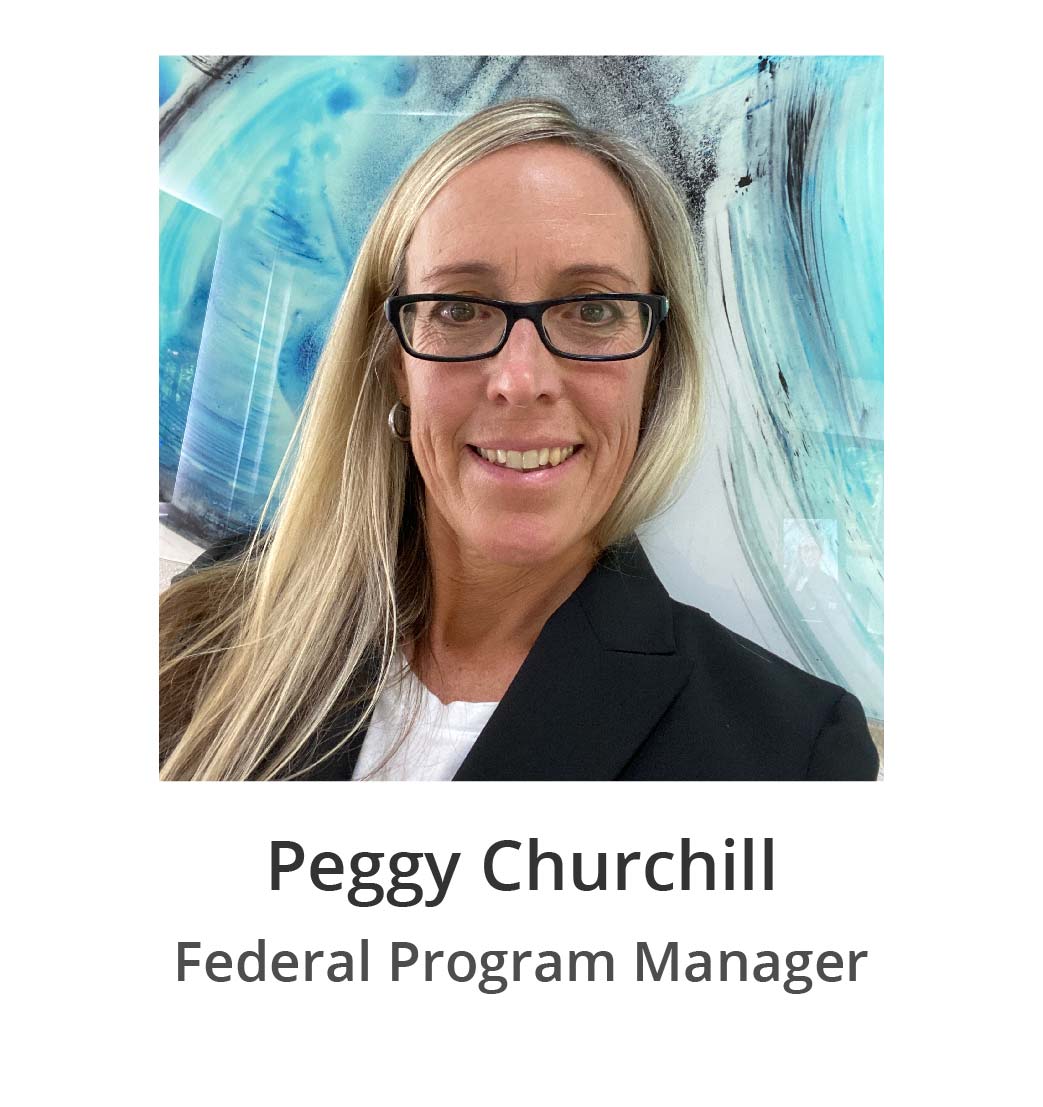
Jill Lucas
1. What is your STEM area of expertise? Where did you study?
B.S. in Natural Resources and Environmental Studies, Minor in Environmental Policy and Law. Studies at U of MN.
2. How might you describe your work to young women?
Supporting industry to adhere to or comply with environmental regulations.
3. Why did you choose your STEM field? Was there a particular moment when you realized this was what you wanted to do?
Yes, I choose. There really never was a question that I would be involved or study in an environmental field. I originally studied chemistry and physics but switched over to the biological sciences after two years.
4. Have there been any women in your life and career who inspired or guided you to pursue a career in STEM?
I did have several college professors on the “Farm Campus” at the U of MN, who were inspiring. They had taught in remote countries, tropical rain forests, in or near oceans, forestry field technicians, mostly in the areas of ecology and conservation biology.
5. What do you enjoy most about your career in STEM?
There were a few famous professors at the U, one in particular, taught a mid-level ecology course. I was so fascinated with his lectures I forgot to take notes and failed my first exam… Well, I was not the only one who failed. 80% of the class failed the exam. The professor’s attitude was to laugh about it, grade on a curve, then double down on his message.
6. What have been your biggest challenges?
In the early years, being taken seriously in a very male-dominated field. I was one of only a few women working as a chemist, on the operating side of a nuclear power plant. There were 300+ men, and about 4 women. I was young, 20 when I started working there. That was an education of a different sort…
7. Have there been any surprises along the way
There are always surprises that prepare you for the next phase of your career or your life.
8. What advice would you offer young women who are considering their own potential future in STEM?
Find a mentor to support you, or better yet, find several mentors, men and women, who share your passion in your field, or about science in general. Advice for adults… support and listen to kids asking 1,000,000 questions regarding all subjects. They mostly just want your time to listen to them. You never know what stories you share that may inspire them.
9. Finally, what about your current job gets you most excited to start your workday?
Interacting with our clients to help solve their issues in the easiest, least complicated fashion possible.
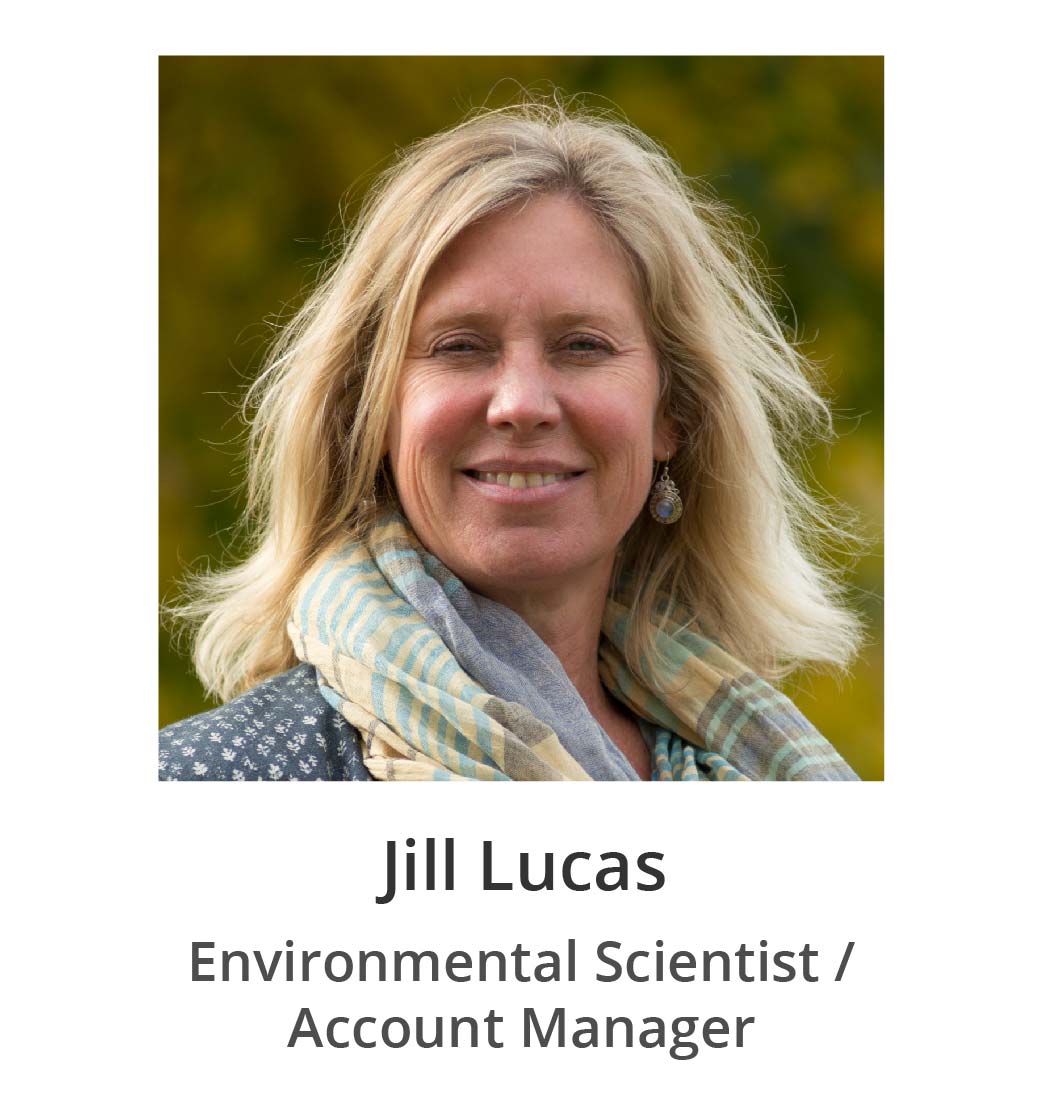
Willa Samuelson, CDL
1. What is your STEM area of expertise? Where did you study?
I got my B.S. in Geology and Earth Science at the University of Minnesota – Twin Cities. Most of my chosen electives covered structural geology, tectonics, metamorphic petrology, microstructures, and field geology. I did research with a woman professor in metamorphic petrology on the specific minerals Andalusite, Kyanite, and Sillimanite and their rare co-occurrence in a new locality in Norway. I was able to help assist determining the crystallization sequence and tectonic history of the area and gain experience with a petrographic microscope and an Electron Microprobe. I am doing something very different now, but I love it and wouldn’t change where I’m at!
2. How might you describe your work to young women?
Though I am no longer working in metamorphic geology, I love the hazardous waste and environmental field. I am the Health & Safety Officer for the Ramsey County Household Hazardous Waste program where residents drop off household products to be properly recycled/disposed of. I enjoy educating the public on what can and can’t be thrown away, packing waste to be shipped, collecting waste at our mobile collection sites in the warmer months, and I recently got my Commercial Drivers License! I also help with cleaning chemical spills and training.
3. Why did you choose your STEM field? Was there a particular moment when you realized this was what you wanted to do?
I feel very fortunate to have parents who exposed me to all aspects of STEM, art, music, humanities, etc. and let me choose what I wanted. I think with my dad’s STEM career and interests I was already fascinated with it and it always just clicked for me in school. Looking back, the MANY childhood trips to the North Shore on Lake Superior looking for agates is what most drove me towards geology. We would drive up in our VW camper van and meander the shores for hours collecting. I think around middle school I knew I wanted to pursue geology so I could travel, camp/backpack, and continue my rockhounding. I remember my dad specifically saying one trip, “Hey, you can major in the outdoors with a geology degree!” and that decided it for me!
4. Have there been any women in your life and career who inspired or guided you to pursue a career in STEM?
I feel fortunate to answer this question with, many. I have an aunt who is a retired professor in mathematics, who subsequently tutored me through all my calculus classes, another aunt who is head of the genetics department at a university out west, my high school physics teacher who got to work with NASA, my high school chemistry teacher who helped immensely with my self confidence, my 8th grade earth science teacher who remains the most quirky person I’ve ever met, the professor I did research with at the U who was also the head of the Earth Science department, and all of the other incredible women professors in the geology department. All of the women I’ve encountered in the STEM field have been incredibly strong, hardworking, strong advocates for themselves and others, and all around tough as nails. They all have given me the confidence to keep pursuing a STEM career in the male-dominated field.
5. What do you enjoy most about your career in STEM?
Being able to have a job I’m passionate about and where I don’t have to sit at a desk 40 hours a week! I love the mix of working in the field, at the shop, and occasionally at a desk. I also like that I can still incorporate the research skills I gained in college.
6. What have been your biggest challenges?
My biggest challenges have been working with older generations who are not as accepting of women in the workplace in general. Often times due to age or cultural background I have been prevented from or attempted to be prevented from things that appear difficult for women such as heavy lifting, field work, and even driving. Often times input was ignored/minimized, or I was dismissed outright or interrupted.
I have also had challenges among similar aged peers in college at a rural school before I transferred to the U of M. I and other women classmates were sexually harassed, groped, and stalked both in and outside the classroom. That is a huge classroom distractor and often can lead women to change fields or do poorly. Experiences like this have made me determined to always speak up regardless of how it will be perceived and to keep working towards creating and maintaining a workplace that is safe and prosperous for women and people of all genders.
7. Have there been any surprises along the way?
I think the biggest surprise for me was the intense competitiveness of college, especially in STEM. I wasn’t prepared for it and it really threw me for a loop. What helped me was to try not to compare myself to others and to only work on my goals. Easier said than done, but it helped immensely.
8. What advice would you offer young women who are considering their own potential future in STEM?
Always stand up for yourself and others who are not listened to, treated unfairly, or ask you to do things that are unsafe, or you do not feel comfortable doing. It is hard to work up the courage and the potential backlash can be intimidating, but I have always felt better bringing light to something than continuing to keep my head down. You cannot change people but its just as hard to sit back and do nothing. It can also be physically unsafe to bring attention to things and that’s so disheartening. I hope over time things keep improving so each upcoming generation has it easier than the last.
9. Finally, what about your current job gets you most excited to start your work day?
My coworkers! They are such fun people and always make the day fun. The laid back environment actually motivates me to work harder because I don’t feel the pressure of an intense work environment.
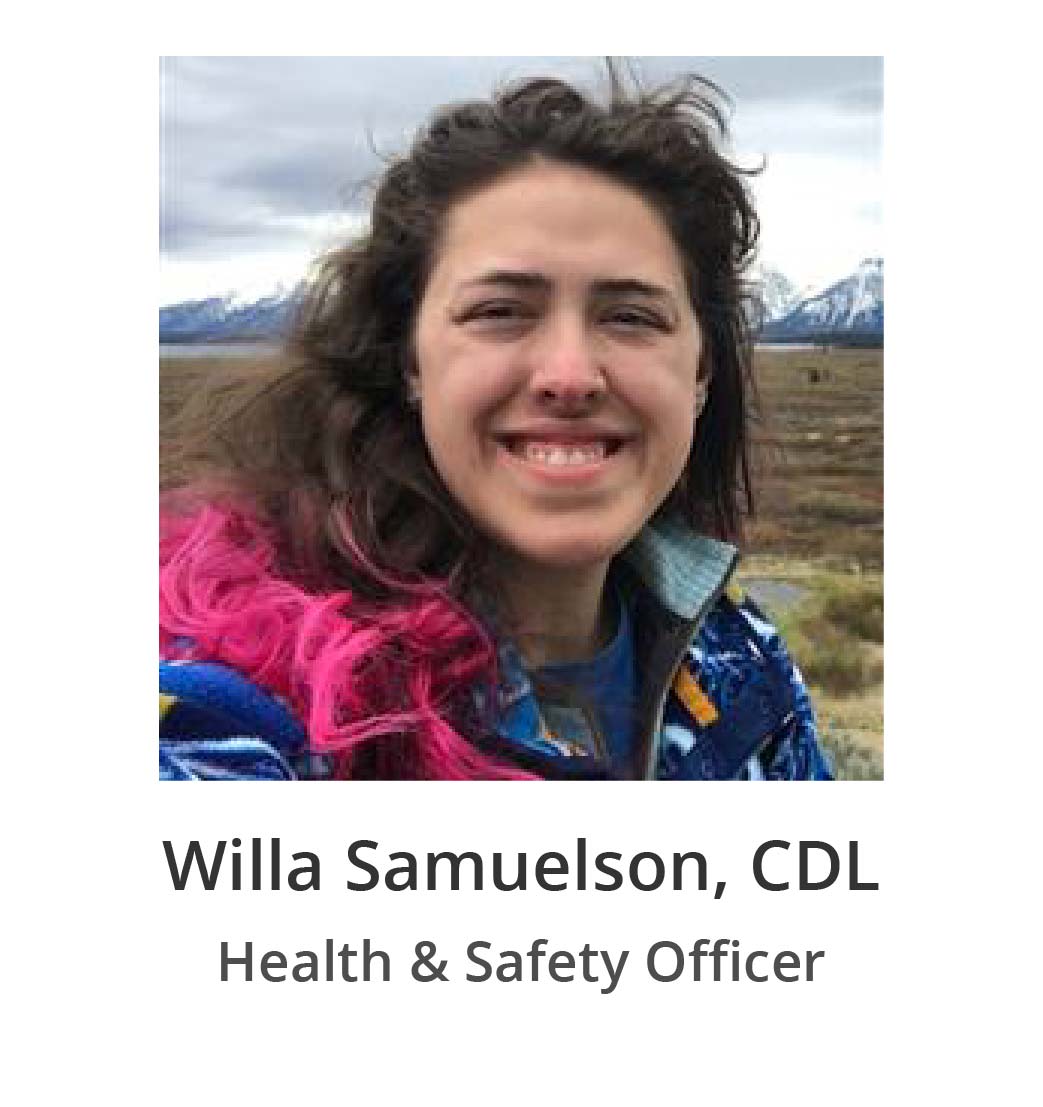
Mandi Kessinger
1. What is your STEM area of expertise? Where did you study?
– My job title is a Geophysical Data Analyst.
– I completed the Master of Science in Environmental Policy and Management program through American Military University.
2. How might you describe your work to young women?
– I would describe my work in the environmental field as very rewarding, challenging, and diverse. It has been a pleasure and an honor to work alongside and learn from many brilliant and driven people who are passionate about protecting and preserving our air, water, and earth.
– My work has involved collecting air, water, and soil samples for laboratory analysis so that hazards to the environment, wildlife, and people could be properly identified. Identifying the hazards and the magnitude of the hazards are important when it comes to the planning process to help prevent, control, or eliminate the environmental contaminants.
– My work has also involved geophysical data analysis, and this entails gamma-ray spectroscopy which is basically examining gamma rays (packets of electromagnetic energy or photons) released from excited nuclei (the core of an atom). This is a helpful analytical tool because it aids in identifying different radioactive isotopes (variants of a chemical element) beneath the surface which helps pinpoint contamination so that appropriate cleanup efforts can happen.
3. Why did you choose your STEM field? Was there a particular moment when you realized this was what you wanted to do?
– I had no idea what I wanted to do when I got out of the Navy at 23 years old. It was not until I started browsing degree programs that I ran into environmental science. As I looked through the courses I was immediately drawn to environmental management, environmental ethics, wildlife management, watershed management, etc. The thought of being a part of a field aimed at making the world a better place by preventing the degradation of the natural environment inspired and motivated me.
4. What do you enjoy most about your career in STEM?
– I enjoy the diversity of the field. I have worked jobs that involved data collection (groundwater, sludge, clay, soil, soil vapor, air), writing reports (health and safety plans), communicating with clients concerning their specific needs, contacting vendors for fieldwork operations (special equipment and gear), traveling to different locations locally and nationally to provide environmental clean-up support at different projects, and just learning new things every day.
5. What have been your biggest challenges?
– I do like that the environmental field is diverse because that means there is so much out there to do, however; it can be overwhelming and tricky when it comes to looking for work. Many positions require specialized experience and that can be tough when you are starting out after college with no experience. So, my biggest challenge has been zooming in on a particular area in the field. When I started my degree program, I should have looked for internships and volunteer work so that I would have been better prepared when I graduated.
6. What advice would you offer young women who are considering their own potential future in STEM?
– My advice would be to get out of your comfort zone as quickly and as often as possible and not allow fear to hold you back. I struggled to get through high school, however; I graduated with honors in college. When I was 15 or 16, I never thought that I would have a job in STEM simply because I was too scared that I would not be able to do it and I’d fail. I did not realize at the time that failure is not a bad word. It is unfortunate that the word failure is sometimes associated with being fatal, but it is an important part of the learning process. It may hurt at the moment, but failure is a crucial part of life and an important steppingstone to victory. So, get out of your head, believe in yourself, and push through setbacks and hardships head-on because that is how you develop indestructible perseverance.
7. Finally, what about your current job gets you most excited to start your workday?
– I could not have asked to be on a better team. My co-workers are all amazing and bring diverse skill sets to the table. They are so hardworking and ready to go every single day. My boss is wonderful and always checks in. The leadership within my company sets a powerful example of what a positive workplace means and why it is so important. We work a large chunk of our lives so a workplace that makes you feel safe, celebrates individualism, promotes diversity, and creates a positive learning atmosphere is important because it brings out your best self.
– Geophysical analysis is very interesting too. It is fun processing data, analyzing what is there, communicating with others to get their opinions or help, and creating products for the client that will ultimately help with the cleanup of environmental contamination.
